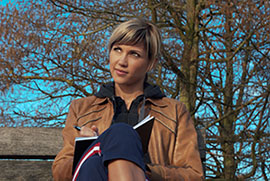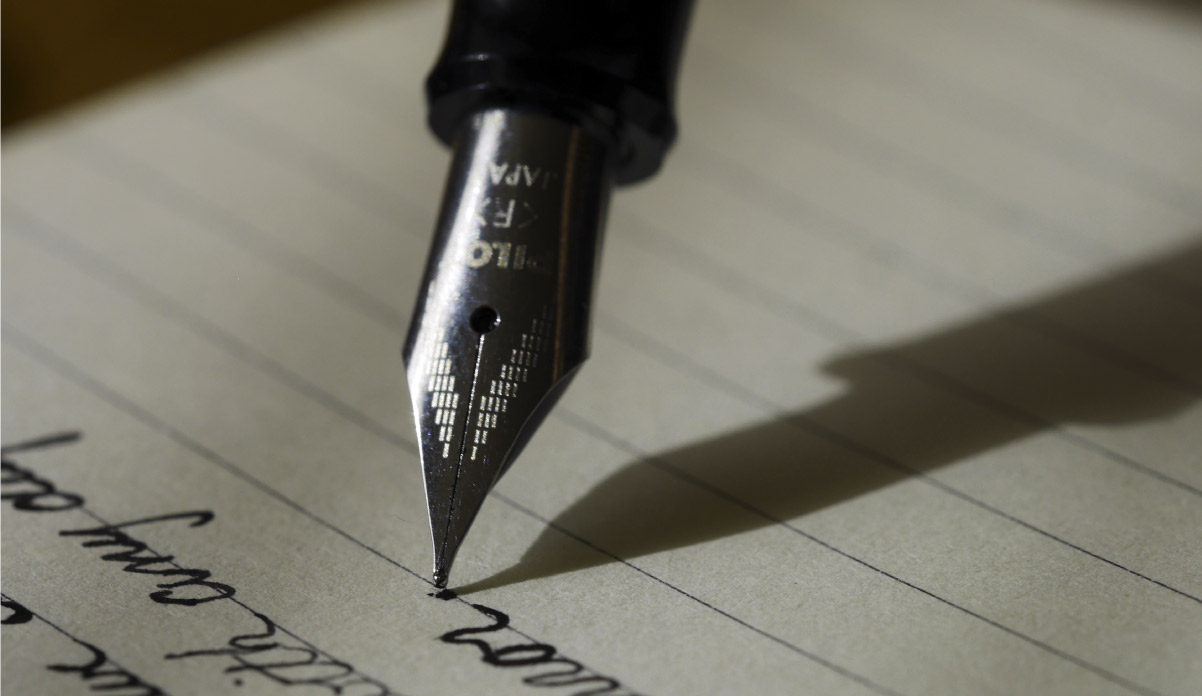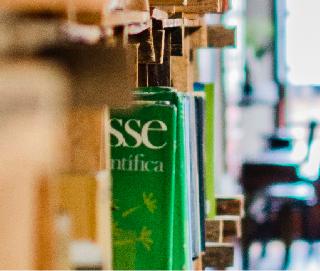Let me tell you a secret.
Exceptional writers not only avail professional editing services but also revise their work – constantly. Nowadays, employers seek more than core job skills. They want superlative writers.
To become one, you must understand the difference between revising and editing. Simply put, editing is more about correcting. Editors will fix your grammar, references, and formatting, tighten up your language, and note gaps in your argument or missing details. What they cannot do is attend to larger structural issues (though they may offer suggestions). This is revising. Editors cannot write hooks or topic sentences for you or narrow your thesis’s focus. They cannot add supporting details.
Let’s begin with introductory paragraphs. Introductory paragraphs introduce your topic, grab the reader’s interest, and offer a roadmap (a thesis—I’ll discuss this later) for your essay or article. You want to “hook” the reader while introducing your topic.
You might argue, hooks are only for student writing. To disabuse you of this notion, I challenged myself. I grabbed a magazine at random off my shelf (the January 2014 issue of Scientific American) and found therein examples of all five of the hook types I suggest below. Professionals always begin with a hook.
A quotation
Begin with a quotation your reader would find interesting.
“In the 1800s English poet William Blake famously challenged his readers to ‘see a world in a grain of sand’”—Ferris Jabr, “Life under the Lens.”
A question: Ask a question to get the reader thinking about your topic.
“How did youthful galaxies in the early universe fatten up to become the behemoths we see today?”—Ron Cowen, “Drinking from the Cool Cosmic Stream.”

A surprising statement or fact: Shock your readers.
“When a meteor exploded over Chelyabinsk, Russia, last February, the world’s space agencies found out along with the rest of us, on Twitter and YouTube.”—Clara Moskowitz, “Put up the Earth Shield.”
An imaginary scenario: Ask the reader to put him or herself in a scene or just describe a scene and let the reader witness it.
“The researchers had to be wrong. Nothing travels faster than light. Imagine ourselves four centuries from now, in a future in which Einstein’s ideas have been supplanted; scientists have long ago experimentally confirmed that neutrinos really can travel faster than light. How would we then, looking back on physicists today, construe their reluctance to accept the evidence? Set in their ways? Unreceptive to new ideas?”—Dennis Danielson and Christopher Graney, “The Case against Copernicus.”
An anecdote: Offer a short, interesting story related to your topic.
“The crucial insight came to me as I leisurely rode my bike home from work. It was Valentine’s Day 2008. While I cruised along, my mind mulled over a problem that had been preoccupying me and others in my field for more than a decade. Was there some way to simulate life—including all the marvelous, mysterious, and maddeningly complex biochemistry that makes it work—in software?”—Markus Covert, “Simulating a Living Cell.”
 1-855-974-4102
1-855-974-4102 020 8133 5221
020 8133 5221 (02) 8005 0351
(02) 8005 0351 27(0)11083 8657
27(0)11083 8657 +852 8175 8187
+852 8175 8187 1-855-974-4102
1-855-974-4102














